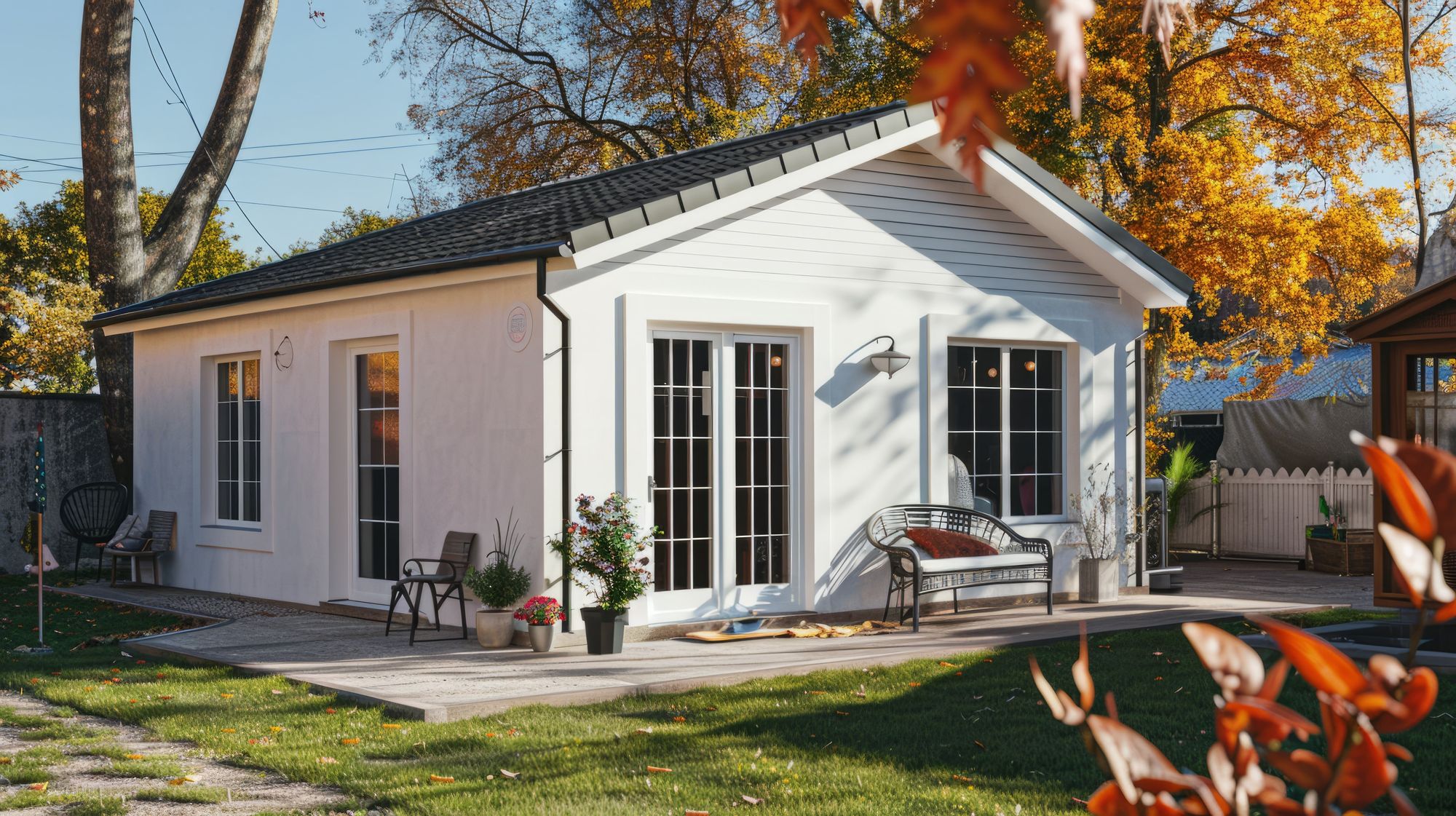California ADU Legal Framework
Understanding California's comprehensive ADU legal requirements is essential for successful project development. Recent legislation has streamlined many processes while establishing clear standards for safety, habitability, and neighborhood compatibility.
Key Legislation
- AB 68 (2019): Expanded ADU development opportunities
- SB 13 (2019): Reduced barriers and fees
- AB 881 (2019): Ministerial approval requirements
- AB 1033 (2021): Separate ownership opportunities
Zoning and Land Use Requirements
ADU development must comply with both state and local zoning regulations:
Permitted Zones
- All single-family and multifamily residential zones
- Mixed-use zones allowing residential development
- Agricultural zones in some jurisdictions
- Compliance with local overlay districts
Size and Setback Requirements
- Maximum 1,200 sq ft for detached ADUs
- Side and rear setbacks typically 4 feet minimum
- Height limits generally 16 feet for detached units
- Lot coverage restrictions vary by jurisdiction
Building Code Compliance
ADUs must meet current building codes for safety and habitability:
Structural Requirements
- Foundation design for soil conditions
- Seismic safety standards
- Wind and weather resistance
- Accessibility compliance (ADA requirements)
Life Safety Systems
- Fire sprinkler systems (if required by local code)
- Smoke and carbon monoxide detectors
- Emergency egress windows in bedrooms
- Proper stair and guardrail design
Utility and Infrastructure Requirements
Proper utility connections and capacity:
Water and Sewer
- Adequate water pressure and supply
- Sewer connection and capacity verification
- Separate water metering (if required)
- Backflow prevention systems
Electrical and Gas
- Electrical service sizing and panel capacity
- Separate electrical metering options
- Gas line sizing and safety shut-offs
- Generator and solar system integration
Parking and Access Requirements
Vehicle access and parking standards:
Parking Standards
- Generally one space required per ADU
- Exceptions for transit-rich areas
- Tandem parking often allowed
- ADA-compliant parking when required
Access Requirements
- Separate entrance from primary dwelling
- Emergency vehicle access
- Pedestrian safety and lighting
- Mail delivery access
Owner-Occupancy and Rental Restrictions
Legal requirements for occupancy:
Owner-Occupancy Requirements
- Owner must occupy either primary dwelling or ADU
- Exceptions during temporary absences
- Record-keeping and documentation requirements
- Enforcement and penalty provisions
Rental Regulations
- Minimum lease terms (typically 30 days)
- Rent control and stabilization laws
- Tenant protection requirements
- Fair housing compliance
HOA and CC&R Considerations
Private restrictions and approvals:
Homeowners Association Review
- Architectural review committee approval
- Design guideline compliance
- CC&R amendment requirements
- Neighbor notification processes
Environmental and Historical Compliance
Special regulatory considerations:
Environmental Review
- CEQA exemptions for qualifying ADUs
- Coastal zone development permits
- Wetland and habitat protection
- Archaeological and cultural resources
Historic District Requirements
- Historic preservation review
- Design compatibility standards
- Materials and architectural requirements
- Special approval processes
Compliance Monitoring and Enforcement
Ongoing legal obligations:
Permit Compliance
- Construction must match approved plans
- Required inspections during construction
- Certificate of occupancy requirements
- Record-keeping and documentation
Code Enforcement
- Regular property inspections
- Complaint response procedures
- Violation correction requirements
- Penalty and enforcement actions
Professional legal guidance ensures full compliance with all applicable requirements while protecting your investment and avoiding costly violations.



